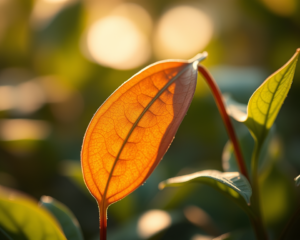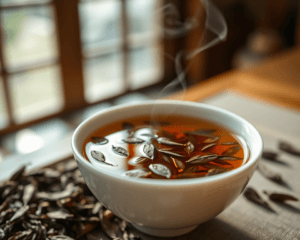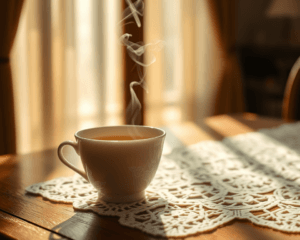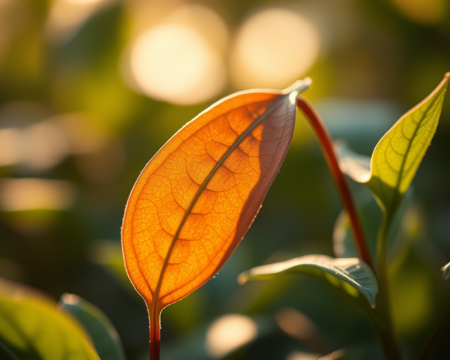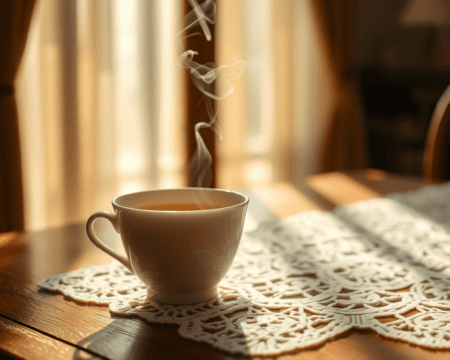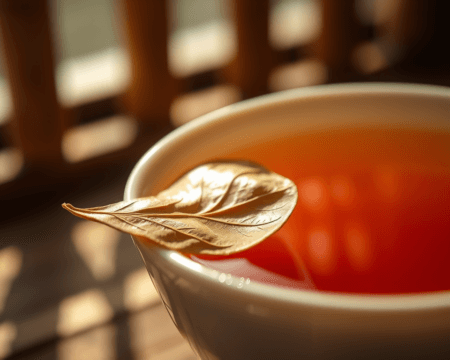Brewing the perfect cup of tea isn’t just about tossing some leaves in hot water; it’s a blend of art and science that can set the tone for your entire day. Whether you’re aiming for a soothing morning ritual or an energizing afternoon pick-me-up, knowing how many teabags you need for your pot is a game changer. It can make all the difference between sipping a delightful cup and downing a bitter brew that puts you off tea forever.
Key Takeaways
- Teabag Quantity: Typically, use one teabag per cup (8 oz) and add an extra for the pot.
- Flavor Impact: The type of tea and your personal taste can significantly alter the needed teabag quantity.
- Cultural Insights: Different cultures approach brewing with unique methods, leading to diverse flavor profiles.
- Common Misconceptions: Many people believe that more teabags always equal stronger tea, which isn’t always true.
Understanding the Basics of Brewing Tea
How Many Teabags for Your Pot of Tea?
So here’s the deal—when it comes to brewing tea, the teabag ratio is crucial. For a standard 4-cup teapot, use four teabags. I know it sounds simple, but trust me—this is a rookie mistake many make. You’re not just throwing in teabags haphazardly; you’re crafting an experience. If your taste buds crave a stronger brew, toss in an extra bag.
For the perfect brew, here’s a breakdown:
– For 1 cup (8 oz): 1 teabag.
– For 2 cups (16 oz): 2 teabags.
– For 4 cups (32 oz): 4 teabags.
Feeling fancy? Add a fifth for a little extra punch. But remember—no one likes it when tea feels like a kick to the face. Start slow and adjust based on your tea strength preference.
Factors Affecting Teabag Quantity
Several factors come into play when determining your teabag quantity. Who knew brewing tea involved so many variables? Your water volume, the type of tea, and even the brewing time all affect flavor strength. If you’re brewing herbal teas, like chamomile or peppermint, you might need a bit more since they tend to be less robust than black teas.
On the flip side, green tea usually requires a gentler approach. Too many teabags, and you could end up with something that tastes like a grass clippings boil. Always brew according to the tea type you’re working with.
Enhancing Your Tea Experience
Tips for Improving Tea Flavor
Now, if you want to kick your tea game up a notch, let’s chat about flavor enhancements. There’s nothing basic about tea. Here are some ideal ingredients that can amplify your experience:
– Milk and sugar for creaminess and sweetness—classic choices.
– Citrus slices, like lemon or orange, add a refreshing zing.
– Herbs and spices, such as mint or cinnamon, can completely change the vibe.
It’s about understanding what enhancing tea means for you. Experiment! Find those magical combinations that elevate your cup. The right additions can take mediocre tea to legendary status in no time.
The Role of Water Temperature in Brewing
Hold up! Before you just boil the kettle and go, let’s talk about water temperature. The brewing tea temperature is your secret weapon. Different teas need different temps:
– Black tea: boiling (around 212°F).
– Green tea: hot but not boiling (around 175°F).
– Herbal tea: boiling is best, but you gotta steep longer.
This is where many home-brewers mess up. Too hot for steeping green tea? Say goodbye to delicate flavors. Too cold for black tea? Well, it’s going to turn out flat. So be mindful of your hot water for tea and find that sweet spot.
Brewing for Gatherings and Occasions
How to Brew Tea for Large Groups
Planning to entertain? Brewing for a crowd can be overwhelming, but it doesn’t have to be. Start by calculating your guest list. For a gathering of 10 people, assuming they’ll drink two cups each, that’s 20 cups needed.
Here’s how you roll:
– Standard Rule: 1 teabag per cup + 1 extra.
– For 20 cups: 21 teabags and sufficient water (80 oz will do the trick).
Know your teapot size and scale accordingly. A large pot makes communal tea rituals easy and prevents a mad scramble in the kitchen.
Comparing Loose Leaf vs. Teabags
The great debate—loose leaf vs. teabags. This conversation often ends in heated opinions. Loose leaf gives you a wider range of flavors and can be fresher, while teabags offer convenience. But let me tell you a secret—there are teabags out there that give loose leaf a run for their money. Brands like Harney & Sons and Stash Tea offer quality options that deliver depth and richness.
The cost comparison can sometimes sway the decision, but think about what you want from your brew. A loose leaf option might require a bit more upfront investment but can be a flavor explosion worth the splurge. Just remember to weigh your options.
Cultural Variations and Misconceptions
Cultural Approaches to Tea Preparation
Every culture puts its spin on tea. From Japanese tea ceremonies that involve intricate steps to the simple English afternoon tea complete with scones, the global tea culture is rich and varied. It’s fascinating how traditional tea methods can influence flavor and experience.
In Morocco, they prepare mint tea with a show, pouring from a height to aerate it. In China, tea-making is often a meditative practice. Think about how these cultural practices can inform your own style. Experimenting with different approaches can add a new dimension to how you brew at home.
Common Misconceptions about Brewing Tea
Let’s clear up some common tea myths. One of the biggest? More teabags mean stronger tea. Definitely a misconception! In many cases, over-steeping or overdoing it on the bags can lead to bitterness rather than clarity and depth of flavor.
Misunderstandings, like using boiling water for delicate greens or neglecting the importance of steeping time, can sabotage your brew. When you’re tackling brewing errors, keep an open mind, learn from your mistakes, and don’t hesitate to reach out to the tea community for tips and tricks.
Brewing tea should never feel like a chore. It’s an art that deserves your time and attention. Whether you’re sipping solo or entertaining friends, mastering the right teabag quantity and nuances of tea preparation will give you a rewarding experience, cup after delightful cup. Now, go get yourself a kettle, and start brewing with confidence!
Frequently Asked Questions
How many teabags should I use for a pot of tea?
For a standard teapot, it’s common to use one teabag for every cup (8 oz) of water, plus an additional teabag for the pot. This typically results in a well-balanced flavor.
Does brewing time affect the strength of my tea?
Yes, the brewing time plays a significant role in the tea’s strength. Generally, longer steeping times extract more flavor and tannins. However, oversteeping can result in bitterness, so it’s important to find the right balance.
Can I use multiple teabags in one cup for stronger tea?
While many assume that using multiple teabags will yield a stronger brew, this isn’t always the case. Depending on the tea type, over-saturation can lead to bitterness rather than a richer flavor.
What factors influence the flavor of tea?
Several factors can affect tea flavor, including the type of tea leaves, water temperature, brewing time, and even the quality of water used. Experimenting with these variables can help you find your preferred taste.
Are there cultural differences in tea brewing methods?
Yes, different cultures have unique brewing methods that can greatly influence flavor profiles. For example, Eastern cultures may emphasize precision in temperature and time, while Western methods might focus more on convenience and quantity.
How do I properly store tea to maintain its flavor?
To keep tea fresh, store it in an airtight container away from light, heat, and moisture. Proper storage helps retain the tea’s essential oils and flavors, ensuring a better brewing experience.
What types of tea require different brewing techniques?
Herbal teas, green teas, black teas, and oolongs each have their own ideal brewing techniques. For instance, green tea should generally be brewed at lower temperatures compared to black tea to avoid bitterness.
What is the best water temperature for different teas?
Different teas require specific water temperatures. For example, black tea is typically brewed with boiling water, while green tea is best with water around 175°F (80°C). Using the right temperature can enhance the tea’s flavor.
Can I reuse teabags?
Yes, you can reuse teabags, but note that the flavor may be milder with each subsequent brew. It’s best to steep reusable teabags for a shorter time during the second use to avoid bitterness.
What should I do if my tea tastes bitter?
Bitterness in tea can arise from oversteeping, using water that’s too hot, or using low-quality tea. Adjusting steeping time, water temperature, or trying a different tea can often resolve this issue.
